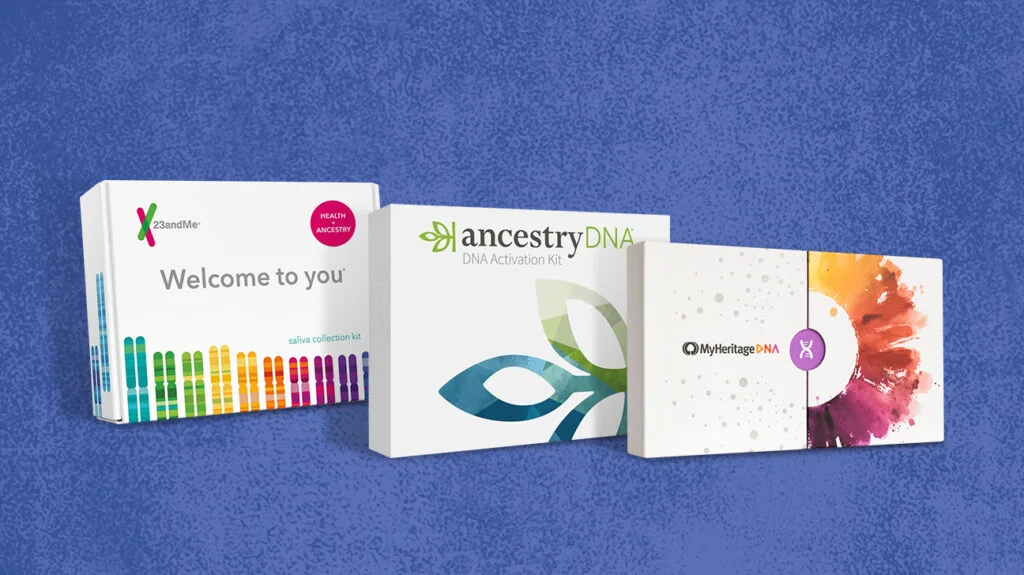Headaches are one of the most common neurological disorders worldwide, affecting millions of people daily. According to the National Headache Foundation, nearly 40 million Americans currently experience migraines and other headache disorders. Understanding the type of headache you are dealing with is crucial to choosing the right treatment and achieving long-term relief.
At Bayhealth Neurology, Nurse Practitioner Brandy M. Magee, MSN, APRN, FNP-C works closely with patients to manage migraines and headaches through customized care plans. Let’s explore the common types of headaches and the most effective ways to treat them.

Common Types of Headaches
Not all headaches are created equal. They vary greatly in symptoms, triggers, and treatments. Below are the most frequently diagnosed types of headaches and migraines.
Tension Headaches
Tension headaches are the most common type and are often described as a dull, aching sensation all over the head. You might experience:
-
Pressure or tightness around the forehead or at the back of the head and neck
-
Tenderness in the scalp, neck, and shoulder muscles
-
Increased pain due to stress or anxiety
Tension headaches are usually not disabling, but chronic cases can severely impact daily life.
Complex Migraines
A complex migraine can last anywhere from a few hours to several days and is typically preceded by an aura—a set of warning symptoms that can include:
-
Vision changes (flashing lights, blind spots)
-
Difficulty speaking
-
Numbness or weakness, often on one side of the body
-
Sensitivity to light and sound
-
Severe, throbbing headache
Because complex migraines can mimic other neurological conditions, such as stroke, prompt evaluation is critical.
Atypical Migraines
Also known as common migraines, atypical migraines differ from classic migraines because they often occur without auras but come with a distinct set of symptoms:
-
Dizziness or spinning sensations (vertigo)
-
Blurred vision or temporary vision loss
-
Ringing or buzzing in the ears (tinnitus)
-
Slurred or slowed speech
-
Altered hearing
These symptoms can be alarming, but with appropriate treatment, they can be managed effectively.
Trigeminal Neuralgia
Trigeminal neuralgia is often classified under cluster headaches and involves sudden, severe facial pain along the trigeminal nerve pathways. Symptoms include:
-
Intense, stabbing or electric shock-like pain lasting seconds to minutes
-
Pain triggered by talking, eating, brushing teeth, or even touching the face
-
Accompanying symptoms like runny nose, watery eyes, and painful migraine attacks
Trigeminal neuralgia can severely affect quality of life, but medications and nerve blocks can offer relief.
Individualized Treatment Plans for Headaches
One of the biggest misconceptions about headache management is the belief that there is a “one-size-fits-all” solution. As Brandy Magee explains, “Each patient requires an individualized care plan because of varying underlying causes, comorbidities, and lifestyle factors.”
Pharmacological Treatments
The choice of medication often depends on the type and severity of the headache. Common options include:
-
Abortive therapies (e.g., triptans for migraines)
-
Preventive medications (e.g., beta-blockers, anticonvulsants, antidepressants)
-
Pain relievers (e.g., NSAIDs, acetaminophen)
-
Anti-nausea medications for migraine-associated nausea
The goal is always to optimize symptom control while minimizing side effects.
Non-Pharmacological Approaches
Patients can also manage and prevent headaches through lifestyle changes and natural therapies:
Lifestyle Modifications
-
Maintain a regular sleep schedule (7-8 hours a night)
-
Eat balanced meals at consistent times
-
Engage in regular aerobic exercise
-
Practice stress-reduction techniques like meditation and yoga
Dietary Adjustments
-
Avoid processed meats, aged cheeses, and foods with artificial sweeteners
-
Limit caffeine intake to prevent overuse headaches and withdrawal symptoms
Natural Supplements
Some patients benefit from natural supplements like:
-
Magnesium
-
Riboflavin (Vitamin B2)
-
Coenzyme Q10
However, it is essential to consult with a healthcare provider before starting any supplement regimen.
The Importance of Professional Diagnosis
Because headache symptoms can overlap with serious conditions such as brain tumors, strokes, or neurological disorders, professional evaluation is crucial. A thorough assessment often includes:
-
Detailed medical history
-
Neurological examination
-
Imaging studies if needed (MRI or CT scans)
With the right diagnosis, personalized treatments can offer significant relief and improve a patient’s overall quality of life.
FAQs:
What type of headache is most common?
Tension headaches are the most common, characterized by mild to moderate pain and a feeling of tightness around the head.
How are complex migraines different from regular migraines?
Complex migraines involve an aura phase with additional neurological symptoms like weakness, vision disturbances, and speech difficulties before the headache begins.
Can lifestyle changes really help manage headaches?
Yes! Consistent sleep schedules, regular meals, stress management, and exercise can dramatically reduce the frequency and severity of headaches.
When should I see a doctor about headaches?
If headaches are frequent, severe, or accompanied by unusual symptoms (like weakness or vision loss), it’s important to seek medical evaluation.
Are there natural remedies for migraines?
Some patients find relief with natural supplements like magnesium or CoQ10, but it’s crucial to consult a doctor before starting any supplement routine.




